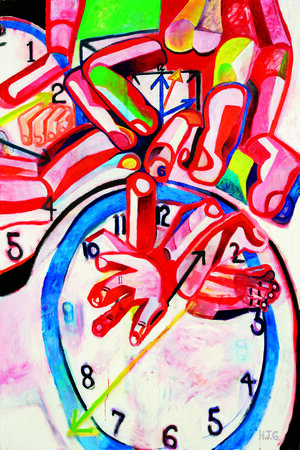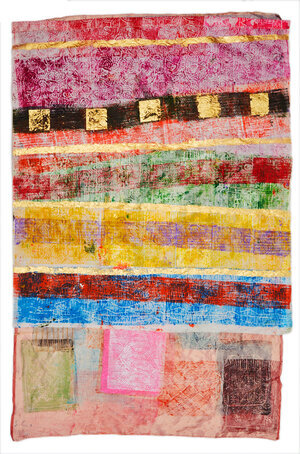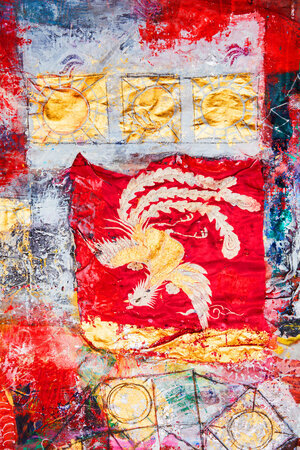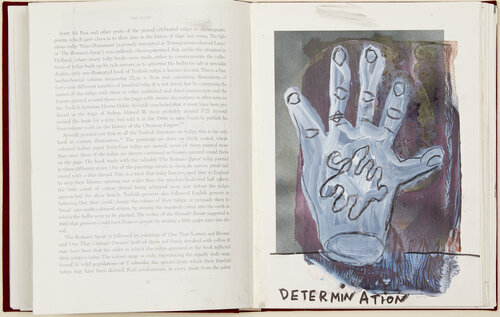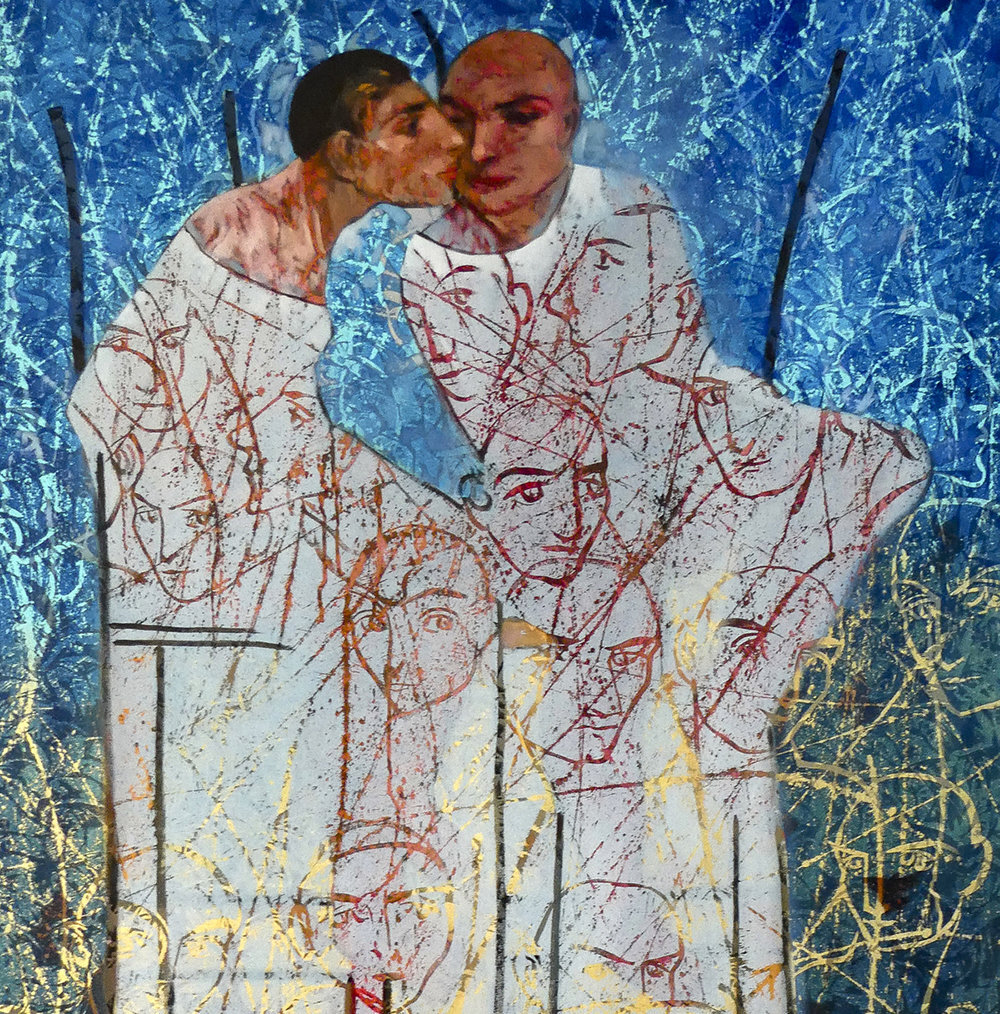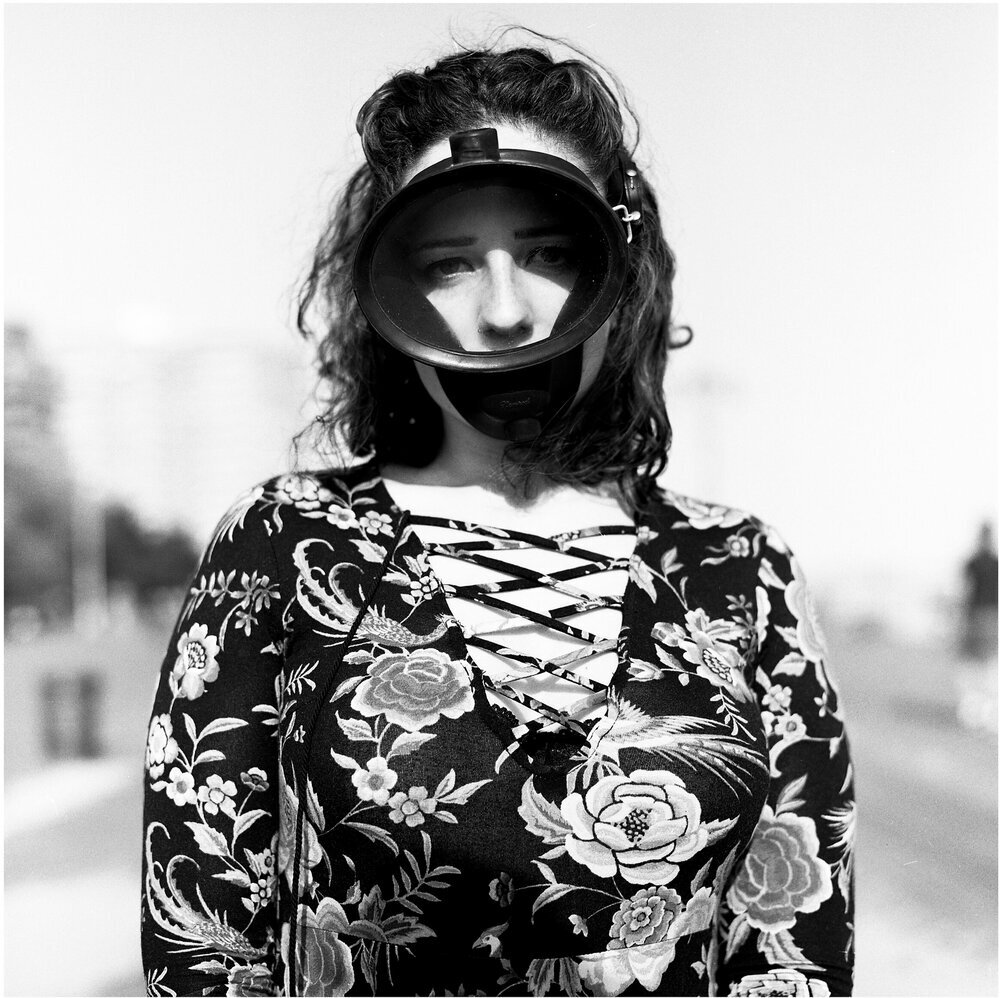Lois Lambert Gallery presents Colombian artist Tomás Ochoa, in a solo exhibition, “Pulvis Nigrum”, Black Gunpowder, a selection of pieces from two bodies of work.
“Paradise Black Line” is a series of images taken from the landscape of the Sierra Nevada de Santa Marta in Colombia, as it has remained untouched for over a century. In 2003 the Arhuaco people walked all along the border of their ancestral territory protesting the paramilitary control in that region. The Arhuaco Mamo, (mamo meaning leading elder), named that border La Línea Negra, which translates into The Black Line. The conflict-free protest resulted in “reduced violence and strengthened Indigenous control of the territory”. Ochoa viewed this migration as a poetic and political act and it inspired him to travel to that region and walk along the border himself.
Despite the paramilitary occupancy of that region, the ecosystems have been well preserved due to the lack of development. This has allowed the landscape to grow into a real paradise. The idyllic nature of his images versus the fire that helps create them evokes the same paradox that arises in the discussion of the well preserved landscape, in relation to the violence that occurs there.
In “Memento Mori” Ochoa explores the concept of ruins as an allegory. He composes the scenes with architectural elements from photographs taken in his travels and then he embellishes with photos of foliage from his own garden symbolizing hope and renewal. The outdoors, the weather, and the vegetation that invade the space in the mocked ruins create an index of time.
Ochoa uses oil and gunpowder to replace every pixel of his photograph and fire to transfer the image onto the canvas. Ochoa creates, as he puts it, “photography that is not photography and painting that is notpainting”. The granular texture that the gunpowder leaves behind creates an illusion of depth that can not be rendered through pure painting or photography. The material gun powder, Ochoa has chosen, symbolizes injury, and the act of lighting the image on fire transforms it into an act of catharsis. The fire in this instance creates something of beauty and calm that gives hope for a new beginning.
Tomás Ochoa studied Visual Arts, Division of Postgraduate Studies from UNAM in Mexico City, Mexico and Cinematograhic Direction at ECAM in Madrid, Spain. Ochoa’s work has been exhibited in Chile, Ecuador, France, Germany, Greece, Mexico, Perú, Switzerland, Spain, and the United States. Additionally his work has been included in several international biennials including Columbia, Italy, Argentina, Ecuador, Japan, Singapore and Spain. In 2015 Ochoa’s work was featured in Beyond the Tropics a Parallel exhibition to the Venice Biennale. In 2016 Ochoa was given the ArtNexus Acquisition Award for best Artwork in Bogotá, Colombia. Tomás Ochoa’s work is currently being featured at the Museum of Latin American Art in Long Beach, CA.





